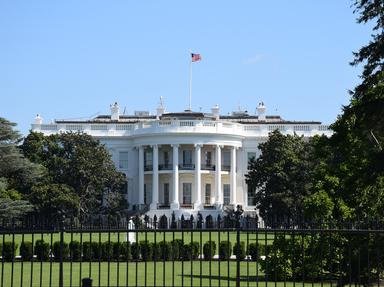
Uncle Sam's Presidents Part II Quiz
Uncle Sam has had a lot of presidents over the years. But do you remember the order in which they were president? Put these ten American presidents in order from earliest to most recent.
This is a renovated/adopted version of an old quiz by author Kurf
An ordering quiz
by Ilona_Ritter.
Estimated time: 3 mins.